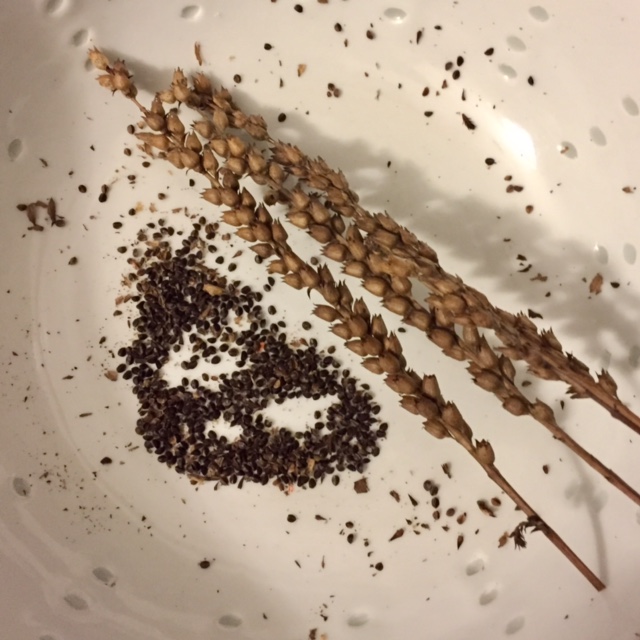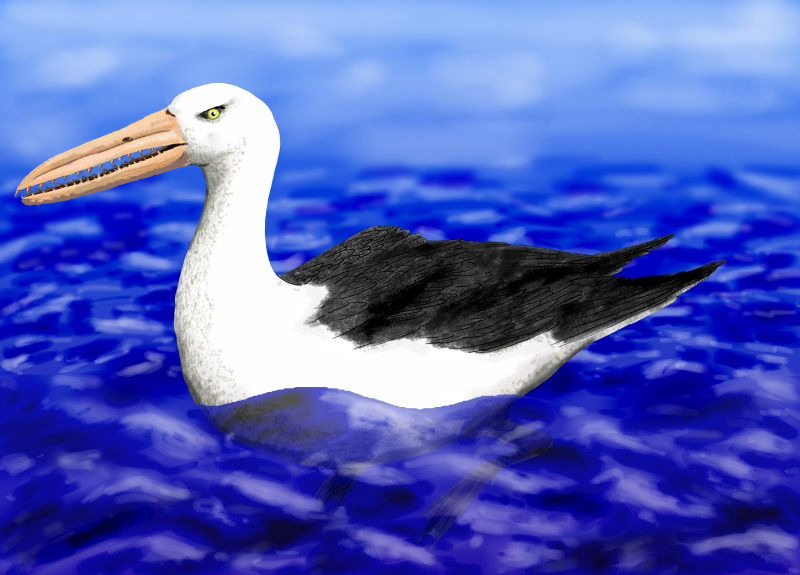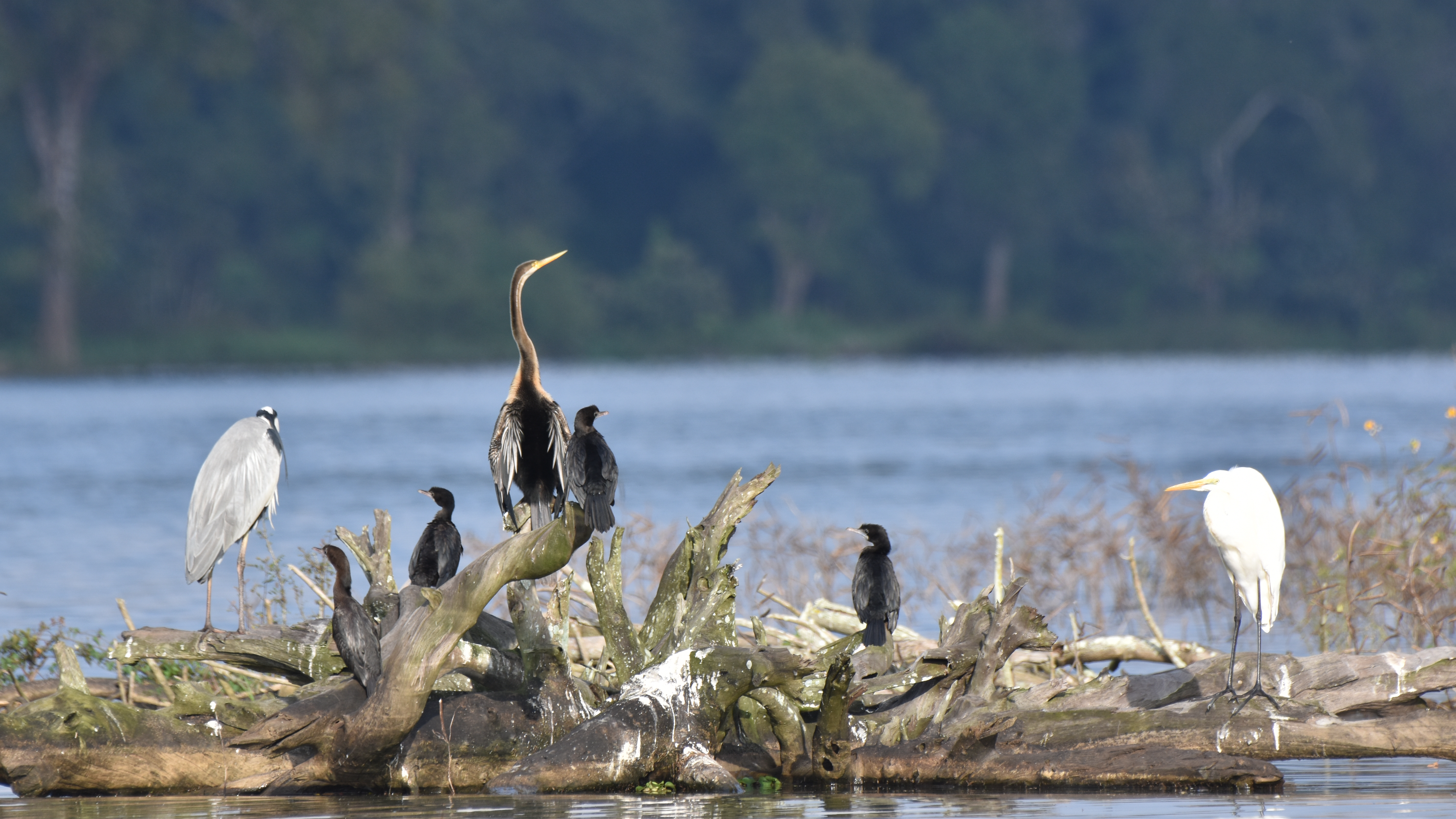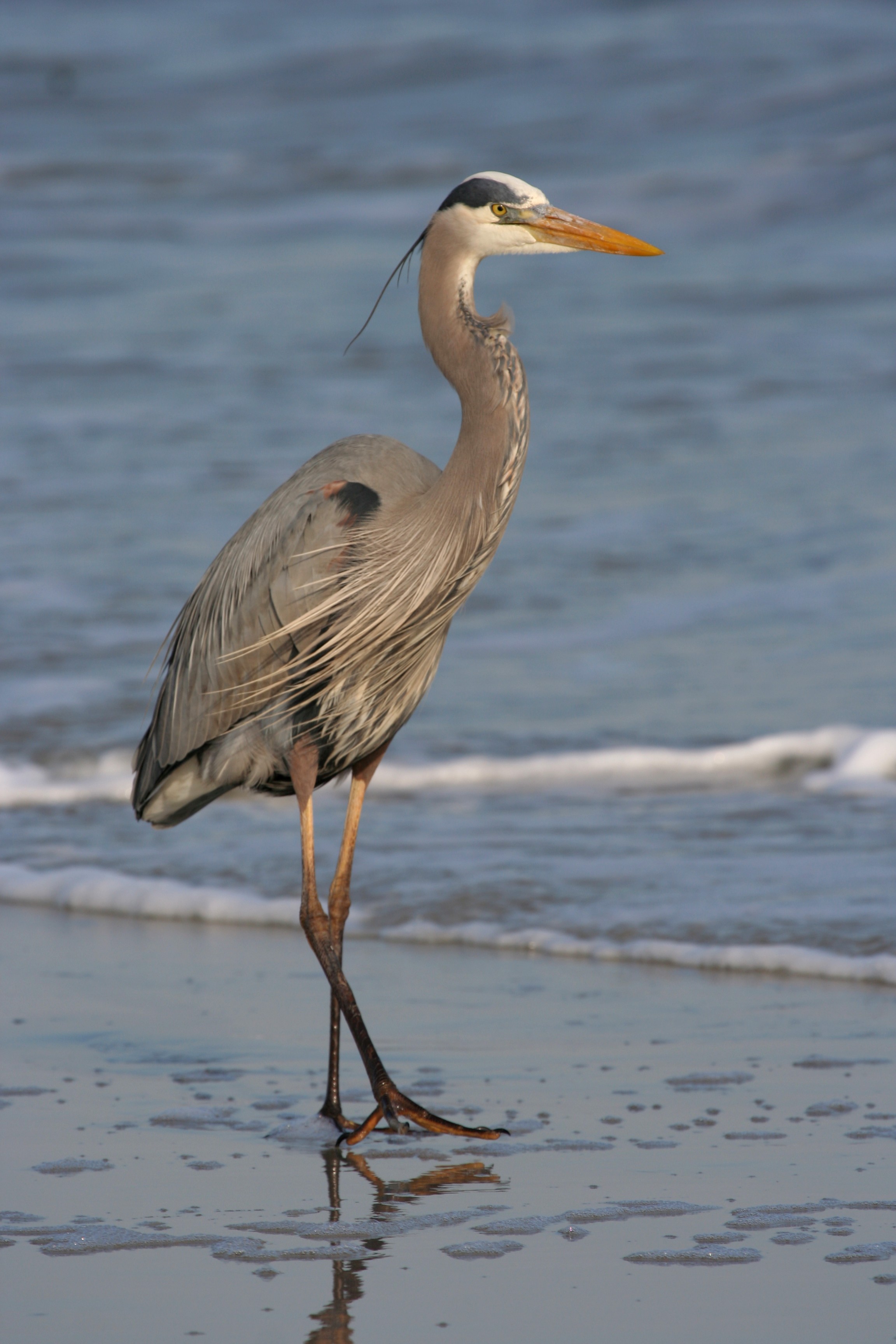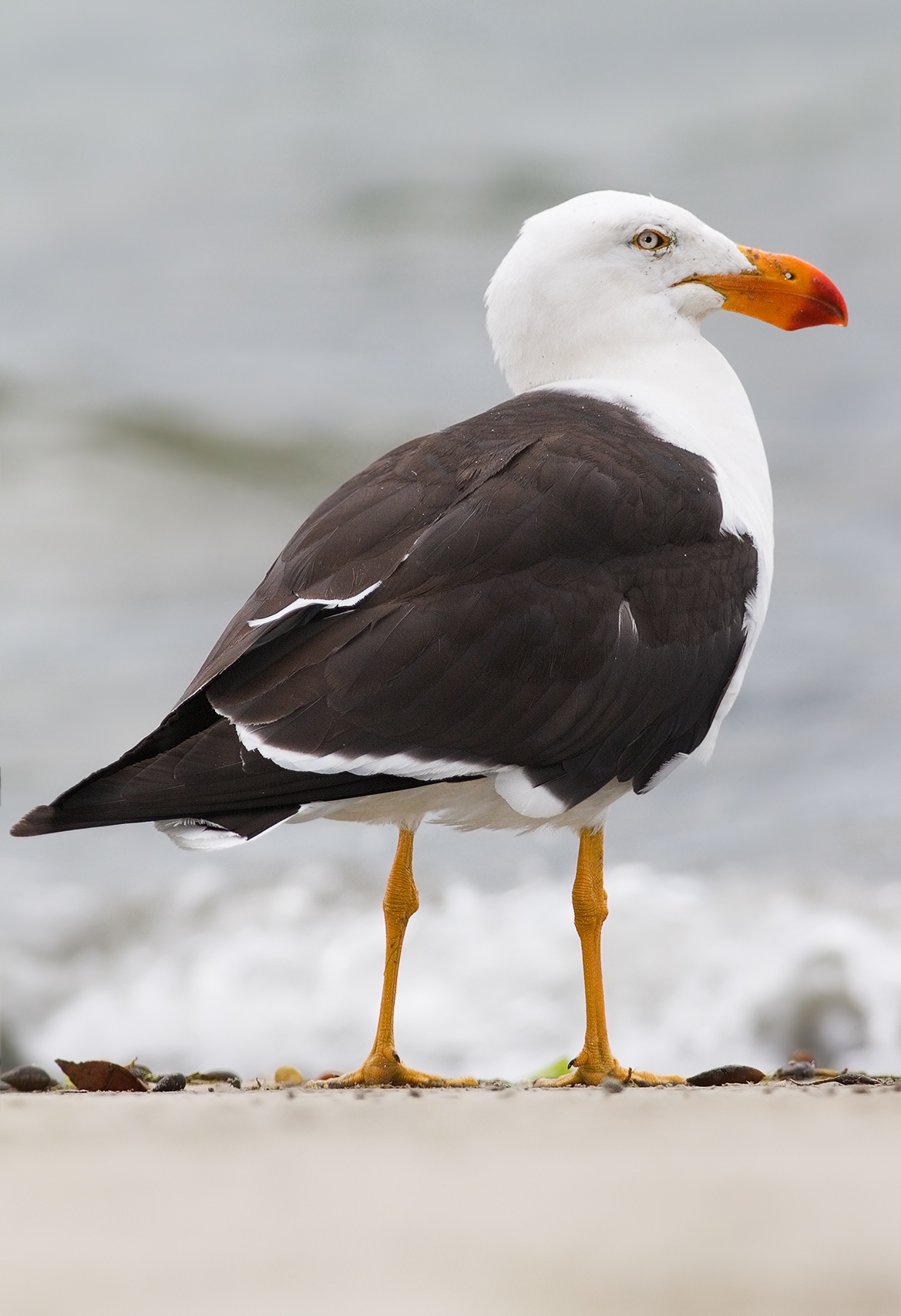|
Presqu'ile Provincial Park
Presqu'ile Provincial Park is a park in southeastern Northumberland County on the north shore of Lake Ontario near the town of Brighton in Ontario, Canada. The park occupies an area of . The name of the park is the French word for peninsula, or literally "almost island", and was believed to be named by Samuel De Champlain on his second expedition. The Presqu'ile (Ontario), peninsula was formed when a limestone island was connected to the mainland by a sand spit; this kind of formation is referred to as a tombolo. Nature and ecology The park's wetlands are one of the larger wetlands along the north shore of Lake Ontario, and are noteworthy for the many sand ridges running through them, which increases habitat diversity. The mixture of sand dunes, marshes and forests leads to very high plant diversity. In some ways, the flora of this site is therefore similar to the much larger sand spit at Long Point. The long sand spits in Presqu'ile also create natural vegetation gradients ... [...More Info...] [...Related Items...] OR: [Wikipedia] [Google] [Baidu] |
Northumberland County, Ontario
Northumberland County is a county situated on the north shore of Lake Ontario, east of Toronto in Central Ontario, Canada. The Northumberland County headquarters are located in Cobourg. Municipalities Northumberland County consists of seven municipalities: The Alderville First Nation is geographically located within the County and is a part of the Northumberland census division, but, as an Indian reserve, it is independent of county administration. History The County was first established in 1792, and was organized alongside neighbouring Durham County into the Newcastle District of Upper Canada in 1802. The County was initially settled by a mix of Irish, Scottish, and English immigrants, as well as by Americans immigrating north from New England. In 1850, the Newcastle District was reorganized into the United Counties of Northumberland and Durham, an arrangement which lasted until 1973. Effective January 1, 1974, the majority of Durham County was amalgamated with Ontari ... [...More Info...] [...Related Items...] OR: [Wikipedia] [Google] [Baidu] |
Physostegia Virginiana
''Physostegia virginiana'', the obedient plant, obedience or false dragonhead, is a species of flowering plant in the mint family (biology), family, Lamiaceae. It is native plant, native to North America, where it is distributed from eastern Canada to northern Mexico. ''Physostegia'' are known commonly as obedient plants because a flower pushed to one side will often stay in that position.''Physostegia virginiana''. Missouri Botanical Garden. The name “false dragonhead” refers to the dragonheads of the related ''Dracocephalum'', a genus to which the plant once belonged. [...More Info...] [...Related Items...] OR: [Wikipedia] [Google] [Baidu] |
Marsh
In ecology, a marsh is a wetland that is dominated by herbaceous plants rather than by woody plants.Keddy, P.A. 2010. Wetland Ecology: Principles and Conservation (2nd edition). Cambridge University Press, Cambridge, UK. 497 p More in general, the word can be used for any low-lying and seasonally waterlogged terrain. In Europe and in agricultural literature low-lying meadows that require draining and embanked polderlands are also referred to as marshes or marshland. Marshes can often be found at the edges of lakes and streams, where they form a transition between the aquatic and terrestrial ecosystems. They are often dominated by grasses, rushes or reeds. If woody plants are present they tend to be low-growing shrubs, and the marsh is sometimes called a carr. This form of vegetation is what differentiates marshes from other types of wetland such as swamps, which are dominated by trees, and mires, which are wetlands that have accumulated deposits of acidic peat. Marshes ... [...More Info...] [...Related Items...] OR: [Wikipedia] [Google] [Baidu] |
Waterfowl
Anseriformes is an order of birds also known as waterfowl that comprises about 180 living species of birds in three families: Anhimidae (three species of screamers), Anseranatidae (the magpie goose), and Anatidae, the largest family, which includes over 170 species of waterfowl, among them the ducks, geese, and swans. Most modern species in the order are highly adapted for an aquatic existence at the water surface. With the exception of screamers, males have penises, a trait that has been lost in the Neoaves, the clade consisting of all other modern birds except the galliformes and paleognaths. Due to their aquatic nature, most species are web-footed. Evolution Anseriformes are one of only two types of modern bird to be confirmed present during the Mesozoic alongside the other dinosaurs, and in fact were among the very few birds to survive their extinction, along with their cousins, the Galliformes. These two groups only occupied two ecological niches during the Mesozoic, ... [...More Info...] [...Related Items...] OR: [Wikipedia] [Google] [Baidu] |
Black-crowned Night-heron
The black-crowned night heron (''Nycticorax nycticorax'') r black-capped night heron commonly shortened to just night heron in Eurasia, is a medium-sized heron found throughout a large part of the world, including parts of Europe, Asia, and North and South America. In Australasia it is replaced by the closely related Nankeen night heron (''N. caledonicus''), with which it has hybridised in the area of contact. Taxonomy and name The black-crowned night heron was formally described by the Swedish naturalist Carl Linnaeus in 1758 in the tenth edition of his ''Systema Naturae''. He placed it with herons, cranes and egrets in the genus '' Ardea'' and coined the binomial name ''Ardea nycticorax'', based on specimens from southern Europe. It is now placed in the genus ''Nycticorax'' that was described in 1817 by the English naturalist Thomas Forster for this species. The epithet ''nycticorax'' is from Ancient Greek and combines , meaning "night" and meaning "raven". The word was use ... [...More Info...] [...Related Items...] OR: [Wikipedia] [Google] [Baidu] |
Great Egret
The great egret (''Ardea alba''), also known as the common egret, large egret, great white egret, or great white heron, is a large, widely distributed egret. The four subspecies are found in Asia, Africa, the Americas, and southern Europe. Recently, it has also been spreading to more northern areas of Europe. Distributed across most of the Tropics, tropical and warmer temperate regions of the world, it builds tree nests in colonies close to water. Taxonomy The great egret was Species description, formally described in 1758 by the Swedish naturalist Carl Linnaeus in the 10th edition of Systema Naturae, tenth edition of his ''Systema Naturae'' under the binomial nomenclature, binomial name ''Ardea alba''. He specified the type locality (biology), type locality as Europe. The scientific name comes from Latin ''ardea'', "heron", and ''alba'', "white". Like all egrets, it is a member of the heron family (biology), family, Ardeidae. Traditionally classified with the storks in the ... [...More Info...] [...Related Items...] OR: [Wikipedia] [Google] [Baidu] |
Great Blue Heron
The great blue heron (''Ardea herodias'') is a large wading bird in the heron family Ardeidae, common near the shores of open water and in wetlands over most of North and Central America, as well as far northwestern South America, the Caribbean and the Galápagos Islands. It is occasionally found in the Azores and is a rare vagrant to Europe. An all-white population found in south Florida and the Florida Keys is known as the great white heron. Debate exists about whether these white birds are a color morph of the great blue heron, a subspecies of it, or an entirely separate species. Taxonomy The great blue heron was one of the many species originally described by Carl Linnaeus in his 18th-century work, ''10th edition of Systema Naturae, Systema Naturae''. The scientific name comes from Latin , and Ancient Greek (), both meaning "heron". The great blue heron's niche in the Old World is filled by the congeneric grey heron (''Ardea cinerea''), which is somewhat smaller (), and s ... [...More Info...] [...Related Items...] OR: [Wikipedia] [Google] [Baidu] |
Gull
Gulls, or colloquially seagulls, are seabirds of the subfamily Larinae. They are most closely related to terns and skimmers, distantly related to auks, and even more distantly related to waders. Until the 21st century, most gulls were placed in the genus ''Larus'', but that arrangement is now considered polyphyletic, leading to the resurrection of several genera. An older name for gulls is mews; this still exists in certain regional English dialects and is cognate with German , Danish ', Swedish ', Dutch ', Norwegian ', and French '. Gulls are usually grey or white, often with black markings on the head or wings. They normally have harsh wailing or squawking calls, stout bills, and webbed feet. Most gulls are ground-nesting piscivores or carnivores which take live food or scavenge opportunistically, particularly the ''Larus'' species. Live food often includes crustaceans, molluscs, fish and small birds. Gulls have unhinging jaws that provide the flexibility to consume large ... [...More Info...] [...Related Items...] OR: [Wikipedia] [Google] [Baidu] |
Common Tern
The common tern (''Sterna hirundo'') is a seabird in the family Laridae. This bird has a circumpolar distribution, its four subspecies breeding in Temperateness, temperate and subarctic regions of Europe, Asia and North America. It is strongly bird migration, migratory, wintering in coastal Tropics, tropical and Subtropics, subtropical regions. Breeding adults have light grey upperparts, white to very light grey underparts, a black cap, orange-red legs, and a narrow pointed bill. Depending on the subspecies, the bill may be mostly red with a black tip or all black. There are several similar species, including the partly Sympatry, sympatric Arctic tern, which can be separated on plumage details, leg and bill colour, or Bird vocalization, vocalisations. Breeding in a wider range of habitats than any of its relatives, the common tern nests on any flat, poorly vegetated surface close to water, including beaches and islands, and it readily adapts to artificial substrates such as ... [...More Info...] [...Related Items...] OR: [Wikipedia] [Google] [Baidu] |
Caspian Tern
The Caspian tern (''Hydroprogne caspia'') is a species of tern, with a subcosmopolitan but scattered distribution. Despite its extensive range, it is monotypic of its genus, and has no accepted subspecies. The genus name is from Ancient Greek ''hudro-'', "water-", and Latin ''progne'', "swallow". The specific ''caspia'' is from Latin and, like the English name, refers to the Caspian Sea. Description It is the world's largest tern with a length of , a wingspan of and a weight of . Adult birds have black legs, and a long thick red-orange bill with a small black tip. They have a white head with a black cap and white neck, belly, and tail. The upper wings and back are pale grey; the underwings are pale with dark primary feathers. In-flight, the tail is less forked than other terns, and wingtips are black on the underside. In winter, the black cap is still present (unlike many other terns), but with some white streaking on the forehead. The call is a loud heron-like croak. Distribu ... [...More Info...] [...Related Items...] OR: [Wikipedia] [Google] [Baidu] |
Double-crested Cormorant
The double-crested cormorant (''Nannopterum auritum'') is a member of the cormorant family of water birds. It is found near rivers and lakes and in coastal areas and is widely distributed across North America, from the Aleutian Islands in Alaska down to Florida and Mexico. Measuring in length, it is entirely black except for a bare patch of orange-yellow facial skin and some extra plumage that it exhibits in the breeding season when it grows a double crest in which black feathers are mingled with white. Five subspecies are recognized. It mainly eats fish and hunts by swimming and diving. Its feathers, like all cormorants, are not waterproof, and it must dry them out after spending time in the water. Once threatened by the use of DDT, the numbers of this bird have increased markedly in recent years. Taxonomy The double-crested cormorant was described by René Primevère Lesson in 1831. It was formerly classified in the genus '' Phalacrocorax'', but a 2014 study supported reclass ... [...More Info...] [...Related Items...] OR: [Wikipedia] [Google] [Baidu] |
Shorebird
245px, A flock of Red_knot.html" ;"title="Dunlins and Red knot">Dunlins and Red knots Waders or shorebirds are birds of the order Charadriiformes commonly found wikt:wade#Etymology 1, wading along shorelines and mudflats in order to foraging, forage for food crawling or burrowing in the mud and sand, usually small arthropods such as aquatic insects or crustaceans. The term "wader" is used in Europe, while "shorebird" is used in North America, where "wader" may be used instead to refer to long-legged wading birds such as storks and herons. There are about 210 species of wader, most of which live in wetland or coastal environments. Many species of Arctic and temperate regions are strongly migratory, but tropical birds are often resident, or move only in response to rainfall patterns. Some of the Arctic species, such as the little stint, are amongst the longest distance migrants, spending the non- breeding season in the southern hemisphere. Many of the smaller species found in ... [...More Info...] [...Related Items...] OR: [Wikipedia] [Google] [Baidu] |
